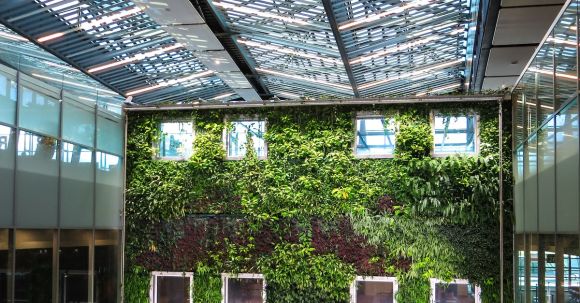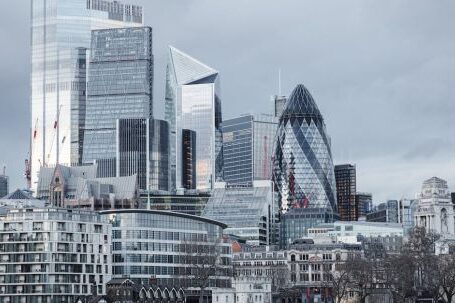The United Kingdom is at the forefront of sustainable and environmentally friendly architecture. With a commitment to reducing carbon emissions and promoting sustainable development, the UK has become a leader in green architecture. From innovative design concepts to the use of renewable materials, UK industries are paving the way for a greener future.
Designing for Sustainability: A New Approach
One of the key factors driving the success of green architecture in the UK is the emphasis on designing for sustainability. Architects are increasingly incorporating energy-efficient features and green technologies into their designs. This includes the use of solar panels, rainwater harvesting systems, and natural ventilation methods.
The UK government has also played a crucial role in promoting sustainable design. Through various initiatives and regulations, such as the Code for Sustainable Homes and BREEAM (Building Research Establishment Environmental Assessment Method), architects are encouraged to prioritize sustainability in their projects.
Innovative Concepts and Technologies
UK architects are renowned for their innovative approach to green architecture. They are constantly pushing the boundaries of design and incorporating new technologies to create sustainable buildings. For example, the use of green roofs, which are covered with vegetation, helps to reduce energy consumption by providing insulation and absorbing rainwater.
Another innovative concept gaining popularity in the UK is the use of passive design principles. By optimizing the orientation, layout, and materials of a building, architects can maximize natural light, minimize heat loss, and reduce the need for artificial heating and cooling.
Renewable Materials and Circular Economy
The use of renewable materials is another key aspect of green architecture in the UK. Architects are increasingly turning to sustainable materials such as timber, bamboo, and recycled materials for construction. These materials have a lower carbon footprint and are often sourced locally, reducing transportation emissions.
The concept of the circular economy is also gaining momentum in the UK. This approach focuses on reducing waste and maximizing resource efficiency. Architects are incorporating principles of the circular economy into their designs by using materials that can be easily recycled or repurposed at the end of their life cycle.
Collaboration and Knowledge Sharing
The success of green architecture in the UK can be attributed to the collaboration and knowledge sharing among different industries. Architects, engineers, builders, and suppliers are working together to develop and implement sustainable solutions. This collaborative approach has led to the development of innovative technologies and practices that are driving the green architecture movement forward.
The UK government has also played a crucial role in fostering collaboration and knowledge sharing. Through funding programs and research grants, architects and researchers are able to explore new ideas and share their findings with the wider industry. This has created a culture of innovation and continuous improvement in the field of green architecture.
A Green Future Ahead
As the world grapples with the challenges of climate change, the importance of green architecture cannot be overstated. The UK industries leading the way in green architecture are setting an example for the rest of the world. Their commitment to sustainability, innovation, and collaboration is paving the way for a greener future.
With ongoing advancements in technology, materials, and design principles, the UK is well-positioned to continue its leadership in green architecture. By embracing sustainable practices and prioritizing the environment, the UK industries are creating buildings that are not only aesthetically pleasing but also environmentally responsible. As the demand for sustainable buildings grows, the UK will remain at the forefront of the green architecture movement, inspiring others to follow suit.
In conclusion, the United Kingdom is at the forefront of green architecture, with its industries leading the way in sustainable design and construction. Through a focus on sustainability, innovative concepts and technologies, the use of renewable materials, and collaboration among different industries, the UK is setting an example for the rest of the world. As the world faces increasing environmental challenges, the importance of green architecture in creating a sustainable future cannot be overstated. The UK’s commitment to green architecture will continue to shape the industry and inspire others to follow suit.





